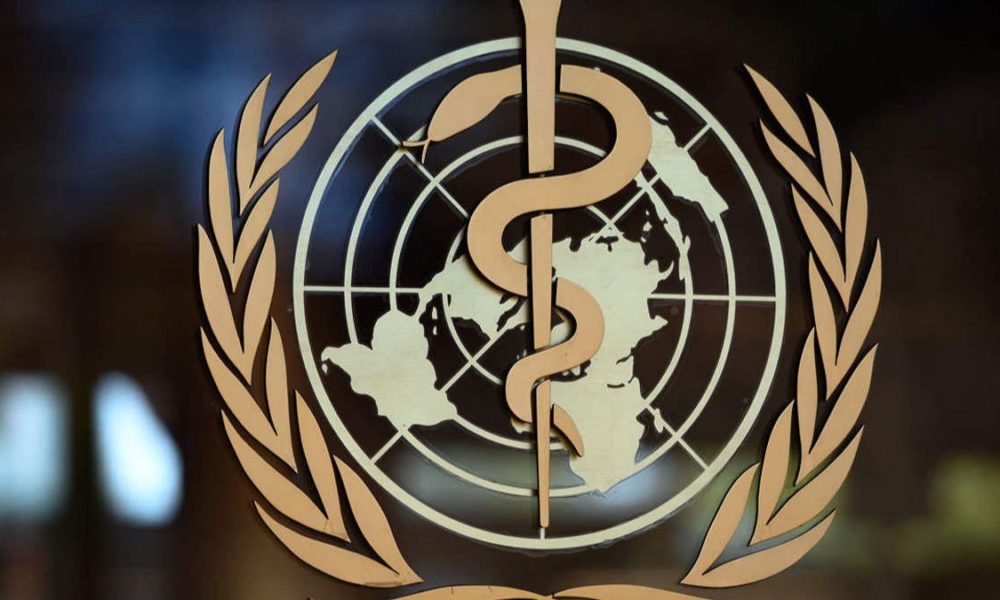On the occasion of World Diabetes Day, the World Health Organisation asked to access diabetes education for healthcare workers and people living with diabetes.
The WHO took this initiative to achieve affordable diabetes care. Talking about diabetes people there are around 422 million who are suffering from diabetes and 1.5 million people die every year around the world.
According to Dr. Poonam Khetrapal Singh, WHO Regional Director for South-East Asia, “In the WHO South-East Asia Region, more than 96 million people are estimated to have diabetes, and another 96 million to be pre-diabetic, causing at least 600 000 deaths annually. By 2045, unless urgent action is taken, the prevalence of diabetes in the Region is expected to increase by 68 percent.”
Highlighting the seriousness of the disease Dr. Poonam said, if Diabetes is not treated on time it can lead to serious damage to the blood vessels, eyes, kidneys, nerves, and heart.
Meanwhile, to reduce the risk of type 2 diabetes Dr. Poonam said, “The risk of type 2 diabetes can be reduced through regular and adequate physical activity, healthy eating, and by avoiding tobacco and the harmful use of alcohol. If developed, type 2 diabetes can be managed through medication, control of blood pressure and lipids, and adherence to a healthy lifestyle. Type 1 diabetes, which affects more than 250 000 children and adolescents in the Region, cannot currently be prevented but can be managed. For people living with both types of diabetes, access to affordable treatment – including insulin – is critical to their survival.”
Moreover, to address diabetes many regions continue to take targeted action, Dr. Poonam said.
“Almost all countries now have in place standardized treatment guidelines for diabetes and must provide at least one hypoglycemic drug at the primary health care (PHC) level. Across the Region, the WHO HEARTS-D technical package is supporting PHC personnel to diagnose, treat and manage diabetes, accelerating Region-wide efforts to reorient health systems – including NCD care – to the PHC level,” Dr. Poonam said.
Earlier amid the COVID-19 response WHO in 2021 sent insulins to Bhutan, Maldives, Nepal, Sri Lanka, and Timor-Leste, alongside 45 other countries globally.
Dr. Poonam further stated, “The Region is currently on track to achieve a 30 percent relative reduction in tobacco use prevalence between 2010 and 2025, and last year launched a Regional Roadmap on implementing the Global Action Plan on Physical Activity 2018-2030. The Roadmap will help Member States achieve a 15 percent relative reduction in the prevalence of insufficient physical activity by 2030, which will, in turn, help them to reduce expected increases in new diabetes cases.”
“First, policymakers should set time-bound targets to address gaps in service coverage, with a focus on equity and leaving no one behind. Second, high-impact, cost-effective, and context-appropriate interventions must continue to be identified and implemented. For this, the Global Diabetes Compact, launched in April 2021, calls for targeted efforts to enhance community empowerment and increase private sector engagement,” Dr. Khetrapal said.
“Third, policymakers should continue to strengthen PHC service delivery, ensuring that diabetes screening and care are available, accessible, acceptable, and of adequate quality, without discrimination, accelerating momentum from the 2016 Colombo Declaration,” Dr. Poonam said.
However, the countries should focus to promote essential medicines and priority devices, including insulin to fight against diabetes.























